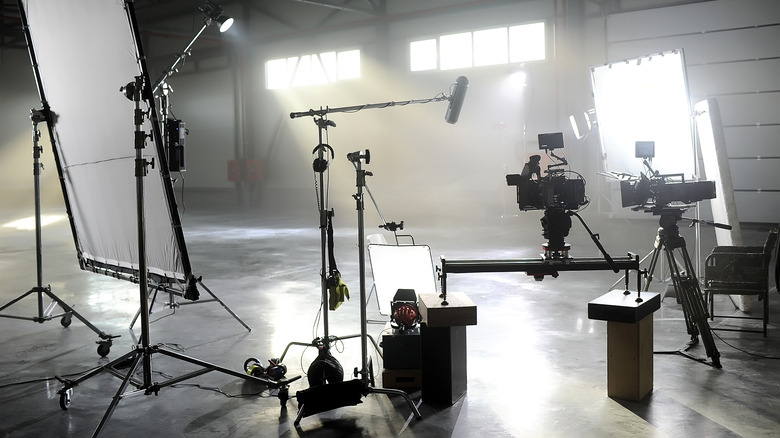
One of the biggest stories in the film industry these last few weeks has been the breakdown of talks between the workers union IATSE and Hollywood producers, namely the AMPTP. This is a complex and layered situation that can get very confusing very fast, but the basics can be boiled down to the fact that crews are tired of the same old way of making the movies and series you love. And they want to do something about it.
What Are IATSE And The AMPTP?
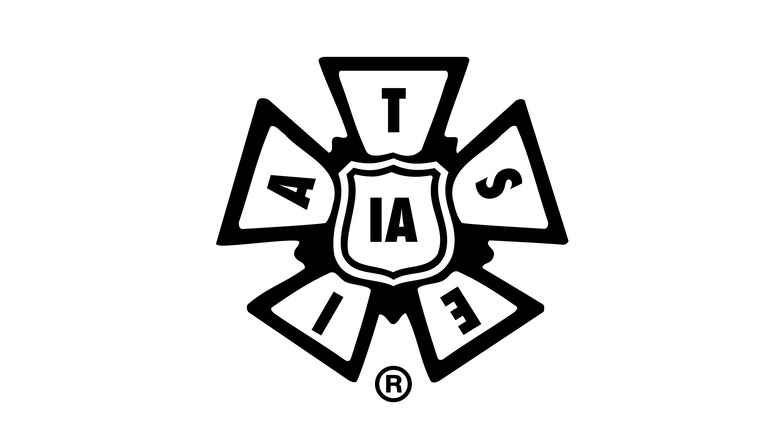
IATSE stands for International Alliance of Theatrical Stage Employees, and the simplest way to describe the membership of this union is actually to say who's not a part of it: directors, actors, screenwriters, producers, and vehicle operators (also known as teamsters) are not part of IATSE. They have their own guilds and unions. IATSE is basically everyone else that works on a set, including cinematographers and the camera department, the costume department, grips, carpenters, and pretty much every other position on a movie set.
The AMPTP is a major trade association for the largest film and TV producers in the country. It stands for the Alliance of Motion Picture and Television Producers, which its leadership self-describes as a "trade association responsible for negotiating virtually all industry-wide guild and union contracts."
The Situation

Today, Friday, October 1, IATSE is holding a vote with its 150,000 members on whether or not the union should be authorized to strike, a move that is unusual for IATSE who have mostly seen eye-to-eye with the AMPTP over the years.
As a matter of fact, the last time IATSE went on strike was on 1945. That strike got so contentious that a riot broke out on Friday, October 5, 1945, in front of the gates of Warner Bros Studios and at least 40 people were injured. This went down in the history books as Hollywood's "Bloody Friday."
It's been almost 80 years since IATSE last authorized a strike. This might be one of the reasons why the AMPTP walked away from the negotiating table a little over a week ago, leading IATSE leaders to prepare its members to vote to strike. The AMPTP may simply believe there is no will among IATSE's members to go on strike and shut down productions. Their earning potential is vastly different from what the general public perceives as the Hollywood norm, which means that the possibility of a long, drawn-out strike could be detrimental. On top of the more pragmatic reasons, IATSE hasn't voted to strike since WWII, so why would they do so now?
What Are IATSE Members Asking For?

There are three core requests that IATSE is making: improved and more consistent hours, a cost of living base wage increase, and a change to the "New Media" deal that was struck during the previous negotiation with streaming platforms.
Let's start with the "New Media" deal, which many people I've spoken to believe is the real sticking point in these negotiations. The version that stands now allows streamers like Netflix, Amazon, Apple, and Hulu to pay less than traditional studios into the healthcare and pension funds for IATSE members.
IATSE forged the original "New Media" deal back in 2009 when streaming platforms were indeed new media. The basic pay was union standard, but where IATSE cut streamers slack was in any kind of residual payments and the amount these streaming companies would pay into healthcare and pension plans. As a result, the healthcare and pensions for crew members are currently in jeopardy.
And it makes sense because most of the long-term work for crew members is on series, not movies. Lower budget films tend to shoot twenty days or less, whereas bigger budget movies shoot somewhere around 60 days. Then there are the behemoth productions, the "Lord of the Rings" of the industry which can see production go on for over a year. In terms of time spent working, though, crews spend more time working on long-form series, which is the bread and butter of the streamers.
IATSE members are fed up and have been very vocal about their mistreatment, even going so far as to speculate about previous leadership being corrupt and cutting sweetheart deals with the streamers.
Time To Play Hardball

One union member told /Film that it's time for IATSE to play hardball.
"For too long these billion-dollar streaming companies have been abusing the 'New Media' contract to pay all of us less and it needs to stop," said an IATSE member who wished to remain anonymous. "There is nothing new and experimental about digital streaming services anymore. They are the standard now, COVID times have proved that, and they all need to pay their fare [sic] share instead of pocketing the extra profits."
It might have made sense for the union to give streamers a break before they were established. You know, when Netflix had just made the transition from mailing DVDs to offering online options. But it's hard to argue that the Netflixes and Hulus of the world aren't the dominant producers of content now, a point made by actor, producer, and IATSE supporter, Scott Poythress ("The Signal," "I Trapped the Devil").
"There is nothing new about streaming to anyone, and tech giants and studios are raking in billions in revenue while nodding to the idea that streaming is still this unknown entity in uncharted waters," said Poythress. "Bullsh*t. TV's big night, the Emmys, saw forty-four wins go to Netflix. Forty-four! Nineteen to HBO. Fourteen to Disney Plus. Ten to Apple TV. Meanwhile, NBC won eight. ABC snagged three. FOX, two."
Shooting Days
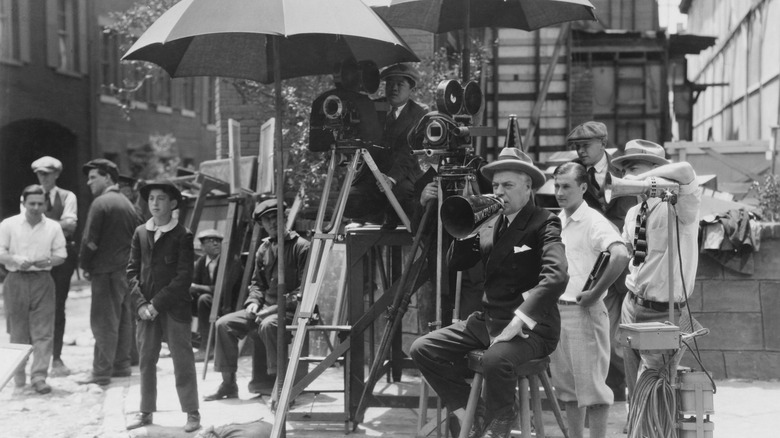
The problem is, with the streamers not contributing the full amount and also being one of if not the dominant force hiring these crews, the pension and healthcare funds for the entire workforce are in jeopardy. And while that's the biggest long-term problem they're concerned with, the more imminent issue most IATSE members are fighting for is a change to the sheer amount of hours they're expected to work.
Right now, the average shooting day is 12 hours, which gives them a 12-hour turnaround. This means that 12 hours of their day, they're not expected to be on set. That's not the problem. The problem is that productions typically shoot substantially longer hours than that. This yields a little more in overtime pay, but at the expense of the crew's lives outside of work, and, most importantly, their mental and physical health and safety.
Because the 12-hour turnaround rule is in place, going over by two or three hours a day has a cascading effect leading to one of the most dreaded terms in the whole of the movie business: Fraturday.
"For anybody that doesn't know what that is, it's production slowly sliding their schedule back every day," explains Rustic Films co-founder and indie producer David Lawson Jr. "And so, Monday morning, you'll start at 7:00 am, but by Friday, you're starting at 2:00 pm, which means you're shooting into Saturday morning, which means your Saturday is essentially ruined because you're recovering that whole day."
Penalties were in place to disincentivize producers from going over their hours. But when separating the human cost of these 14-plus-hour days and just looking at flat dollars and cents, it costs productions less to pay more overtime than it does to add days to the shooting schedule.
"It's easy to care about crew members when you think of them as human beings," Lawson said. "It's easy to forget about them when you just see them as line items."
Line Items Vs Human Beings

Based on the solidarity of the IATSE members, the vast majority of the crews definitely feel more like "line items" than "human beings" to the execs calling the shots. One IATSE member we spoke to, a lighting console programmer named Will Dameron, says all his experience in the business supports that.
"They view us as machines, tools for the creation of their content which are wholly expendable insofar as we cease to function outside of the territory immediately governed by OSHA and the letter of our contractual agreements," Dameron said.
There are also very serious safety concerns. After these 14- to 16-hour days, the crew still has to drive themselves home.
"Putting people in a car in a situation where their circadian rhythm is flipped every week for nine weeks, you're essentially drunk driving at that point," Lawson said. "It'd be the equivalent of me sitting somebody down and giving them three shots in a five-minute period and then telling them to drive in half an hour. Like, I just wouldn't do it. And so, again, there's just ... There has to be a way that's more sustainable."
"Everyone has a story of driving home in a condition that is either borderline or patently unsafe," our anonymous source added. "These companies are making billions and their greed is hurting and sometimes literally killing us."
Obviously, safety is the biggest concern here, but there is a creative benefit to the crew working shorter hours and having full weekends. Directors have noted an uptick in quality when their crew isn't forced into 70-hour workweeks.
From The Filmmakers
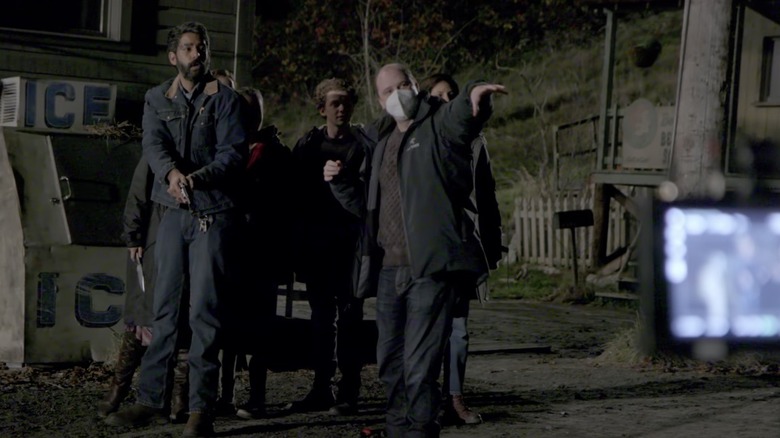
Mike Flanagan ("Doctor Sleep" and the recent "Midnight Mass") started his career as an IATSE editor. While his roles have changed to a writer, director, and producer these days, he stands in solidarity with his old union.
Flanagan said he had trouble justifying the AMPTP's staunch opposition to these proposed changes in his own mind, and that, as a creator, shorter hours on a film set can only be a benefit, not a burden.
"While more restricted hours may sound like a problem, it really isn't," Flanagan said. "The issue is that crews are being worked beyond reasonable thresholds at the moment in an effort to reduce overall production day counts. To cut that back wouldn't be constricting or hurting productions. Rather it would be correcting an imbalance that has adversely landed on the crew, and only gotten worse over time. I can tell you from experience that a rested, invested crew works nearly twice as fast as one that is exhausted and taken advantage of. There's just no way this isn't a net positive."
Gary Sherman, the filmmaker of the '80s genre gem "Dead and Buried," said that in his experience as a director, the work done under those circumstances has diminishing returns.
"Long hours, short turnarounds, and no lunch breaks are one hell of a lot more detrimental to production than the impact the IATSE demands would have," he says, not mincing words. "Forcing people to work hungry and until they're exhausted does no one any good. The toll it takes on the crew members, their health and well-being, is, of course, the most important factor, but what the AMPTP also fails to recognize is it takes a toll on the product and is not saving them money. My least favorite phrase on a production is, 'We can live with that.' It's heard a lot more often when everyone is exhausted."
Sarah Adina Smith, director of "Buster's Mal Heart" and "Birds of Paradise," echoes the benefits of a well-rested and happy crew. She also recognizes that her leadership role on a set has a part to play in this, as well.
"I always strive to make the day without going over, but schedules are so tightly packed that I have to push my crew to work at an inhuman pace in order to do so," Smith says. "I don't want to work that way anymore, it's not fair to anyone. The crew suffers and so does the art. On my last shoot, a crew member was so exhausted by our final day that she tripped and injured herself.
"As a director," Smith continued, "I'm realizing that it's my responsibility to take a stronger stance on schedule at the outset of a project. Oftentimes I'm so focused on just getting a project to a green light that I'm making schedule compromises and promising to pull off miracles. But I'm realizing now that comes at the expense of safety and it's not right. It's my responsibility not to let it happen anymore. Saner, safer schedules benefit everyone and will improve production value as well."
So, What Comes Next?
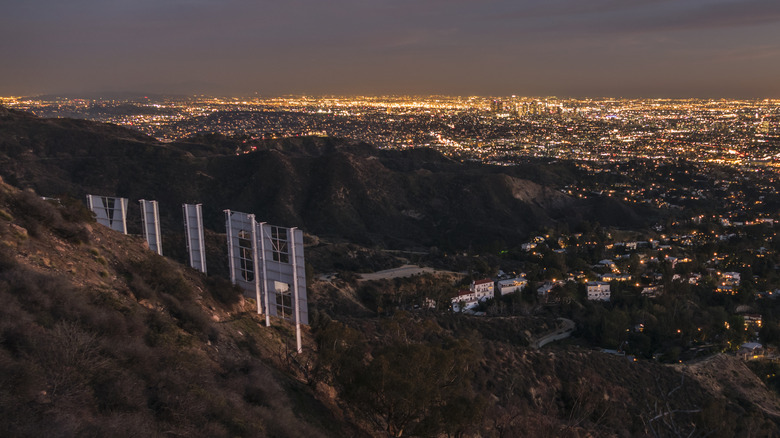
Lawson believes the solidarity from the other big Hollywood guilds like the Screen Actors Guild, the Writers Guild, and the Directors Guild, to name a few, is indicative of how IATSE's fight is the fight of every single person who contributes to a film or series.
"I think it's incumbent on all of us to look at this issue because it does affect all of us, you know," Lawson said. "Having a crew that is safe and well-rested, it makes all of us look better. And at the end of the day, I'm ex-military. I was in Afghanistan and Iraq. What we're doing is just entertainment. Nobody needs to die for this, ever."
Not only does IATSE have the support of all the major Hollywood unions, but they've also just received support from the US government. A letter signed by 120 members of Congress, including Senators Bernie Sanders and Elizabeth Warren, urged the AMPTP to go back to the negotiating table and find a solution that involved more equitable wages and more humane hours.
Today, Friday, October 1, 2021, IATSE members will vote on the strike authorization. There's a strong belief within the membership that the vote will pass which means the IATSE leadership will be able to make an ultimatum: reasonably negotiate with them or shut down your productions.
Since IATSE covers so many of the crucial jobs on a movie set, if a strike does happen, then shooting will grind to a halt. Even if IATSE didn't have the support of directors, actors, and writers, it's pretty hard to film a scene without anyone there to man the camera.
Read this next: The Best Movies Of 2021 So Far
The post The Possible IATSE Strike Explained, and Why Movie Fans Should Care appeared first on /Film.
0 Comments